Aarhus GF (AGF) provided a pleasant surprise to their fans as they were constant overachievers in the Danish Superliga this season. Now, that the league will restart on the 28 May, the team will have to be mentally and physically ready to take on their local rivals, Randers. In front of a ‘virtual grandstand’, Aarhus will add a digital revolution to their already exciting playing style.
But how did they get here? In this data analysis, we will examine the last four years to see what led to this already amazing season and the third place on the table. We will talk about the most important role in the staff and specific trends in their recruitment.
A new sheriff in town
At the beginning of 2016, Peter Christiansen, the former sporting director of Randers joined AGF as a chief scout. By December, he took up his new role as a sporting director. As the current manager, David Nielsen arrived in October 2017 they could begin to work together and initiate a new era at the club. They created a balanced roster between experienced veterans and young talents promoted from the academy or signed from elsewhere. As a result, the team gradually improved and already last year they were one game away from securing a place in the Europa League Qualifiers.
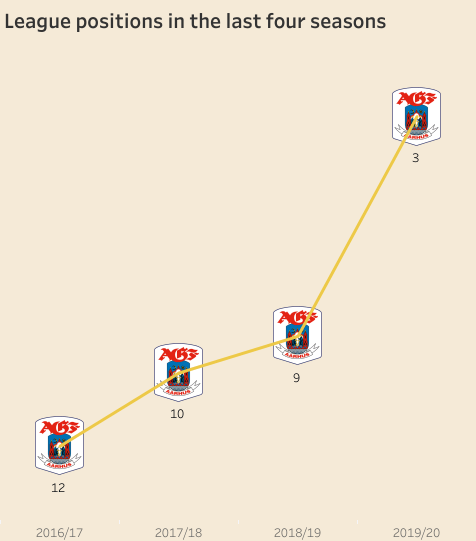
The growing importance of the academy
The club has launched several ambitious projects in the last couple of years to establish a strong youth development system. Their main age group ranges from U-10 to U-19, however, they created AGF Skills Academy for kids under the age of ten. It is even more interesting that this project currently covers the whole country as AGF have 60 partner clubs where these U-6 to U-9 players can learn the basics of football.
From 2016, 12 youth players came through the system and featured in the first team. With this number, they still rank in the middle of the pack but the board shows a growing trend in trusting young players. It is important to note that the reliance on academy ‘products’ could make the club more sustainable in the future as seen in numerous other examples like at Ajax Amsterdam or Chelsea nowadays.
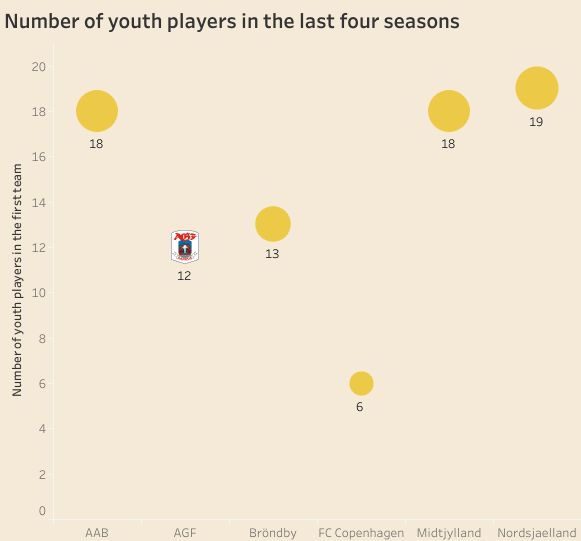
A worldwide network
On the map below, we can see that AGF prefer the European football market. In the last four years, 13 players were signed from the Danish first or second-tier but there are interesting signings from unusual leagues such as Zachary Duncan from Brisbane or Gift Links from Cape Town City. More than one athlete was signed from England (3), Norway (3), Belgium (2) or Sweden (2).
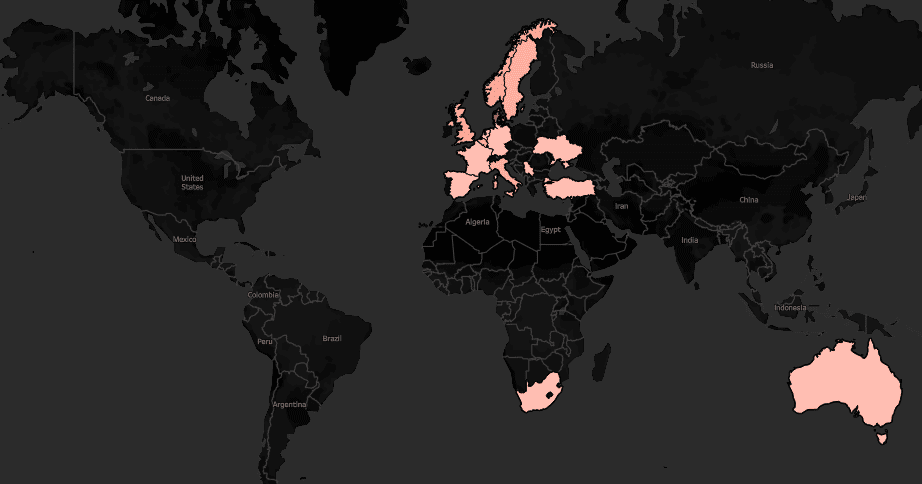
In four years, there were 34 incoming players from outside of the team. The high turnover rate within the squad poses a great challenge to the coaches and scouts. However, this figure can decrease in the future if Aarhus can turn to their youth development more often. We can also notice that a significant number of these deals were either a loan move or a free transfer. Under Peter Christiansen, the club registered a profit of €3.52m according to Transfermarkt, which allowed them to invest more in the academy.
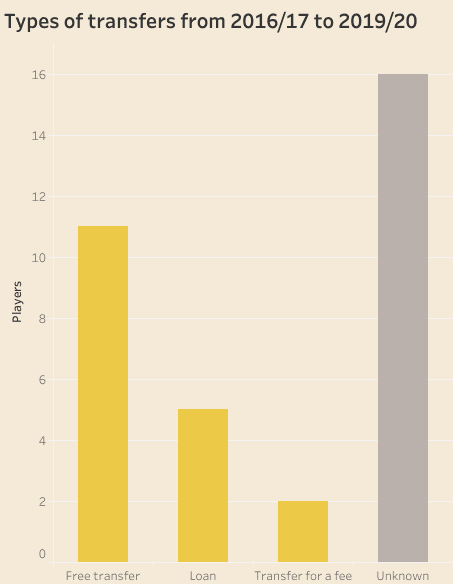
A big step forward
By the 2019/20 season, the club put together a strong run with a younger roster (average age 24.5 compared to league’s 25.1) than the previous years. Their current position is due to their defensive abilities mainly, conceding only 25 goals in 23 games. They are also first in the league in recoveries with 85.65 per game. The solid defence is led by Niklas Backman, 31-year old Swedish centre-back and as a whole unit, they are consistent and perform above-average in individual statistics.
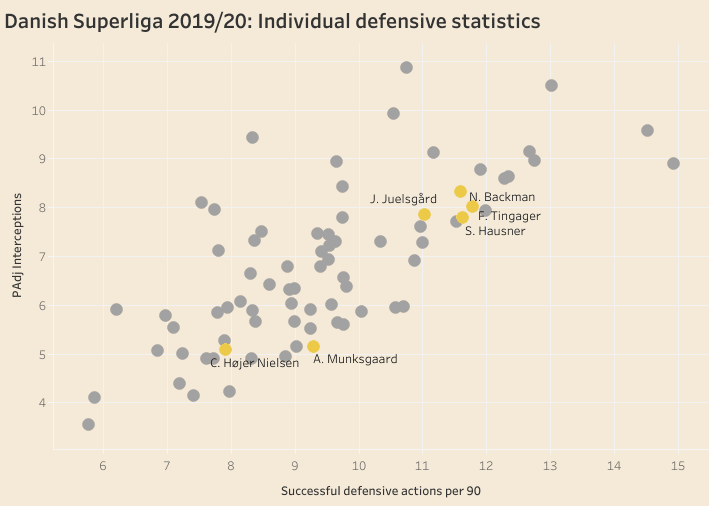
Both starting full-backs, Casper Höjer Nielsen and Alexander Munksgaard lack somewhat defensively but they compensate well with their attacking contribution. Höjer Nielsen has 4.43 crosses and 7.55 successful progressive passes per game. These numbers stand at 2.78 and 4.88 respectively by Munksgaard.
In attack, they underperformed in their expected goals by 4.2 and they currently stand at 41.2 which is the highest in the league. This could be an indication of an even better performance in the upcoming rounds. There are certain areas where the team usually focuses their strength. We used the individual data of expected goals and expected assists per 90 minutes to visualise these areas or axes of action.
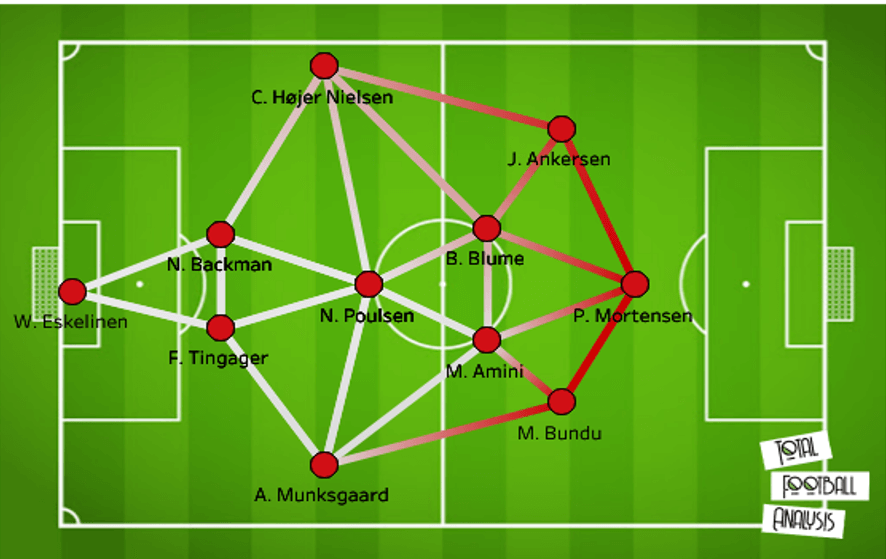
It pops out from the attacking axis that besides the front three, the two full-backs play an important role in the development. While the central areas are less frequented, only Bror Blume comes close to the attackers with a 0.3 xG+xA value. Both Jón Dagur Thorsteinsson and Nicklas Helenius prove to be important backups to the starters as they have similar values as Jakob Ankersen and Patrick Mortensen.
Looking into the future
In this analysis so far, we have examined the recruitment trends of Aarhus retrospectively. It is crucial, however, to switch focus to the next season since every club will have a tough time to manoeuvre in the market. On the picture below, we can analyse their squad depth and potential positions to target. Probably, the most important part of a club’s life is to determine the team needs as well as to balance the wages within the roster.
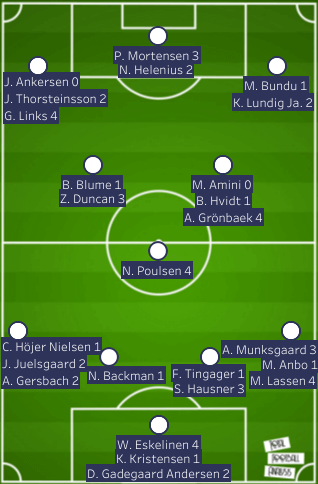
Based on this, we can be sure that Aarhus will be in for a central midfielder and a backup centre-back. Which one will be a priority will depend on the contract negotiations. However, the club should target a versatile midfielder who can contribute to the attacking movement. As we can see below, it is a great young group with quite similar dimensions. They are less effective in attack, therefore it would be advisable to focus on this side of the game and secure an experienced player who can carve out chances for the attackers.
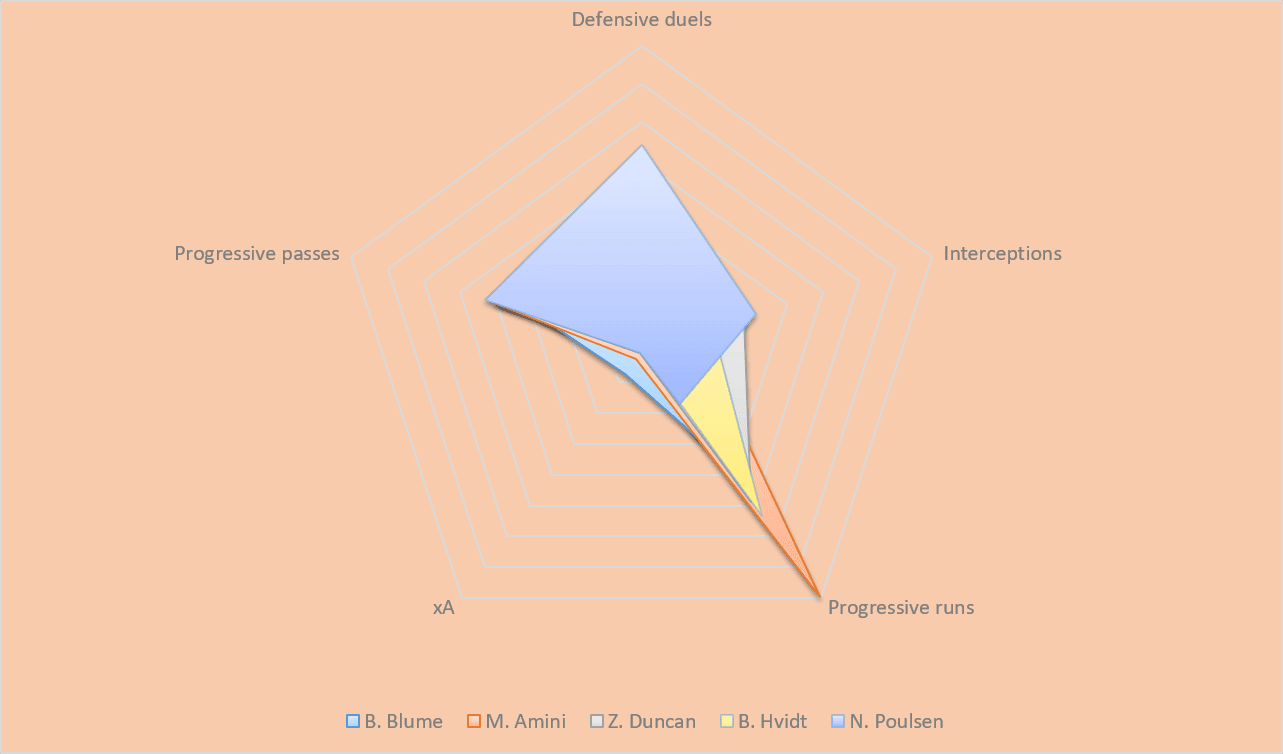
Conclusion
We aimed to provide thorough data analysis on the last four years of Aarhus under the current sporting director, Peter Christiansen. With small steps, the club is undergoing maintenance regarding the squad structure and their youth development system. As they can return a small profit every season, this process could be continuous and could lead to greater operations soon. In the first section, we focused on the team’s place in the league and among their rivals. We shed some light on their academy work as well as their scouting and recruiting locations.
In the second half of the article, the team’s current season was under the microscope. Aarhus are solid as they own the second-best defence and the best attacking potential in the Superliga. It will be interesting to see how they can cope with the added pressure of the league restart. As the competition will come to its end, Aarhus will have to face another issue that is replacing current starters and adding depth to the squad. No matter what happens in this chaotic end of the football season, they will be a team in contention for a place in the Champions League.





Comments